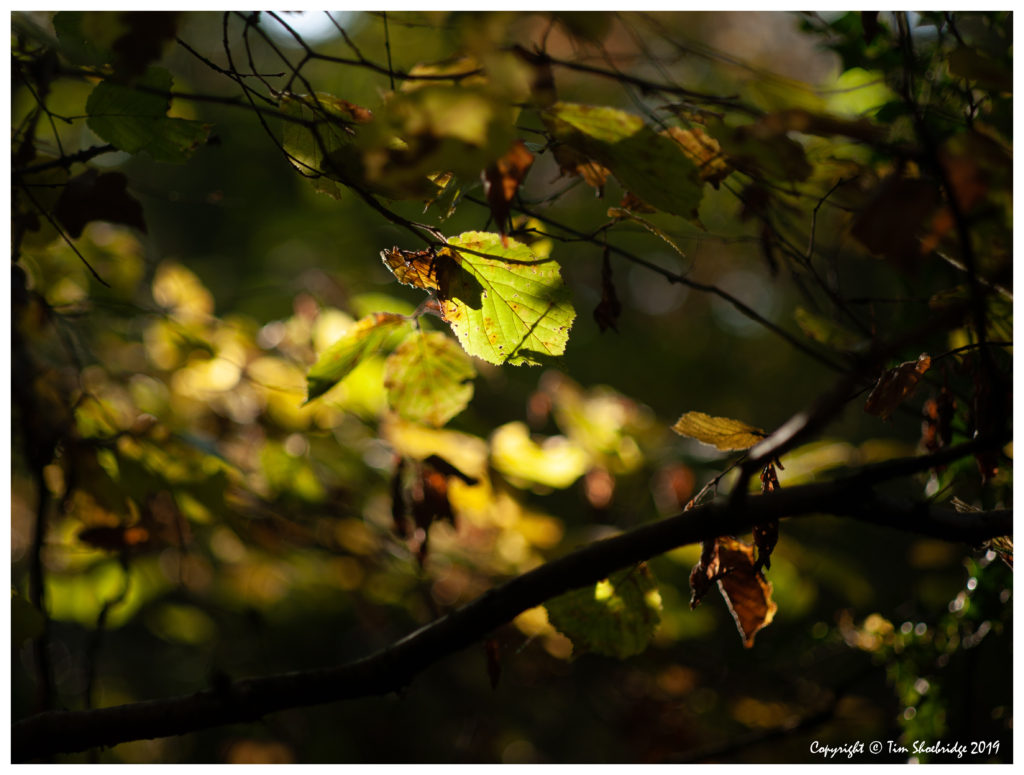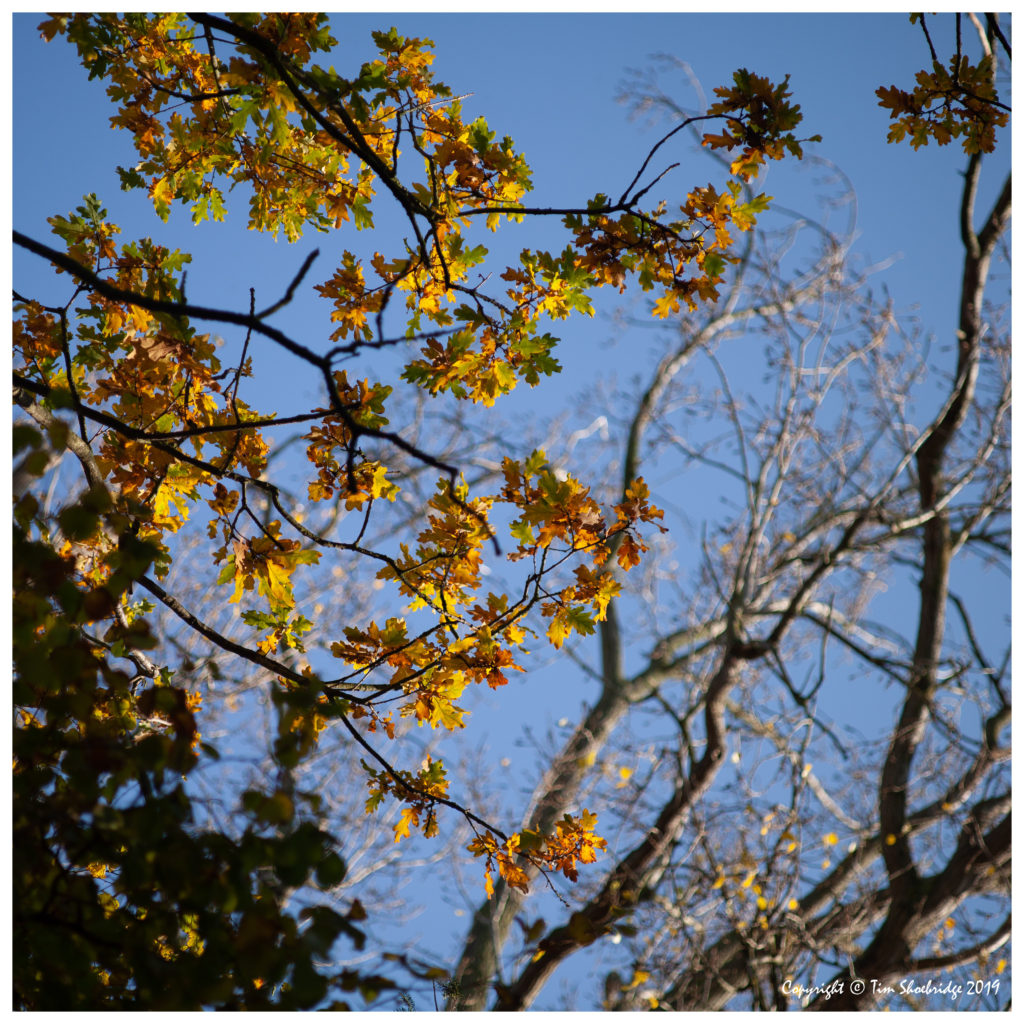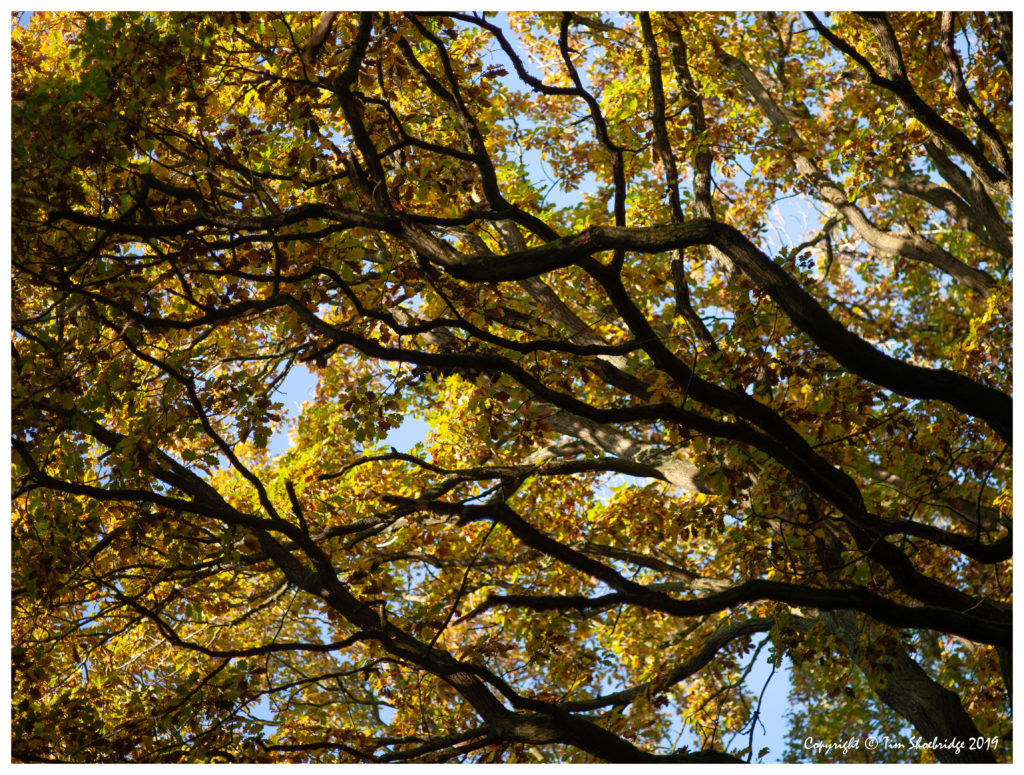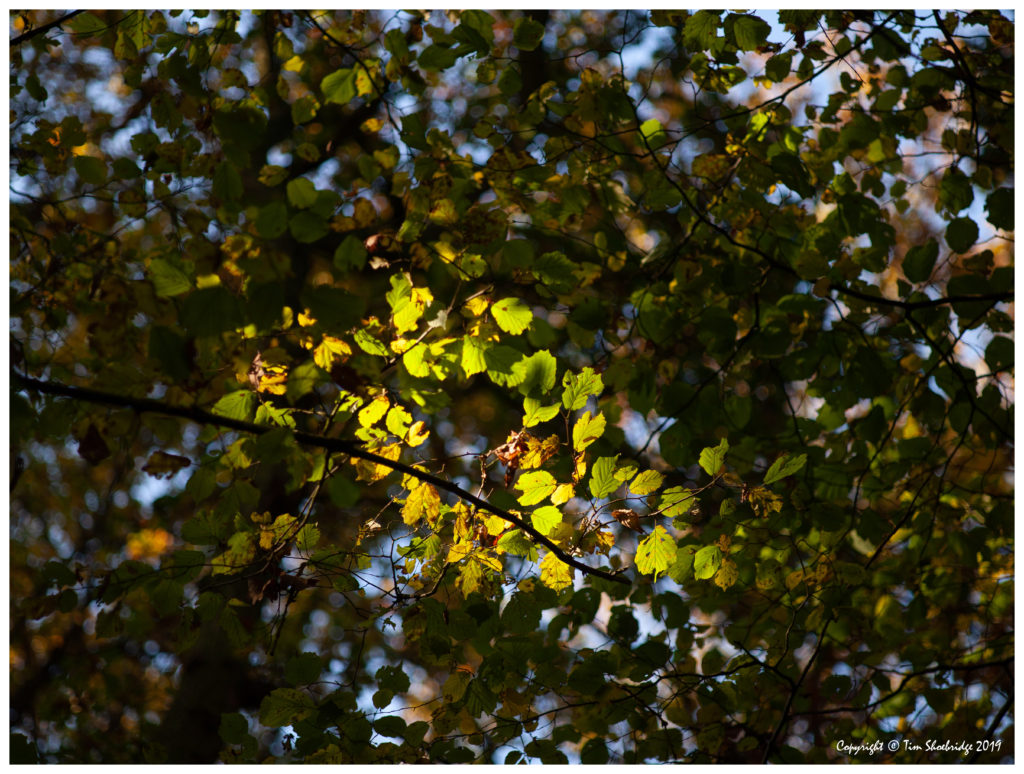Mamiya ZD
This camera is a piece of photographic history! It was the first medium format DSLR ever invented. There have been only a few other models developed since, including the Leica S series and the Pentax 645D.
Rather than DSLRs, digital medium format has tended to remain largely within the confines of what is called the system camera market, with the biggest players being Hasselblad, Mamiya/Phase One and Rollei/Sinar/Leaf. But for those of us not needing all the flexibility (and extra expense) of a system camera, the Mamiya ZD in 2004 was revolutionary.

The images shown here are nothing special, just the result of me taking my ZD “for a walk” in the forest! I don’t shoot with it any more for anything professional, but it is a joy to take it out for an occasional spin, and 22MP is still ample resolution for most uses despite what camera manufacturers might want you to believe.
I used to own two ZD’s back in the day, I sold them when I switched over to full frame mirrorless but I since rued my hasty sell-off and subsequently bought one of them back. I have been a Mamiya customer for many many years, from Mamiya Press to Universal, from RB67 to RZ67, and from 645MF to 645AF, 645AFD and then Phase One.

Despite my investment in the Mamiya/Phase One digital 645 system, I woke up one day to the realisation that I was 100% reliant on autofocus and was not able any more to accurately focus manually through the viewfinder. It was at this point that I decided to try the ZD camera on the recommendation of a friend and I have to say the ZD’s viewfinder is an absolute joy to use. Even today, with my eyesight starting to age, I can still pull focus manually with the ZD.

The sensor inside the Mamiya ZD is an early iteration of medium format digital technology. It is a 22MP CCD sensor, 36mm by 48mm in size, developed by a company called Dalsa who collaborated with Kodak to build digital sensors back in the early 2000’s.
The ZD sensor was not great in low light situations where long exposures were required, and long exposure images contained a lot of noise due to the way the sensor overheated while recording the long exposure. Personally, I would not expose past 1 or 2 seconds with the ZD though I heard people say they managed exposures of up to 5 seconds. Still not great.

It is a shame the ZD in its DSLR form was not further developed by Mamiya, but Mamiya had decided that system cameras were the way forward. They ended up forming an alliance with digital back manufacturer Phase One, an alliance that ultimately meant the end of Mamiya as we know it. That said, great things have come from Phase One such as the infamous P45+ and P65+ digital backs, with Phase One now producing their XF system cameras and IQ range of super-high performance digital backs with resolutions up to 150MP. Great times for those that really need, and can afford, such resolution!